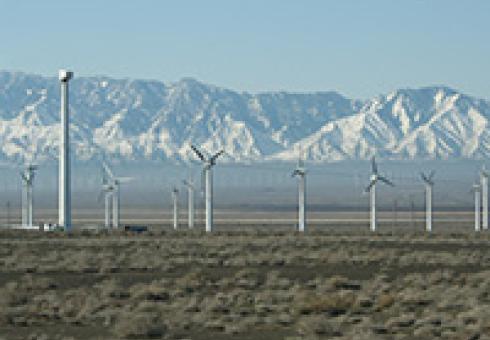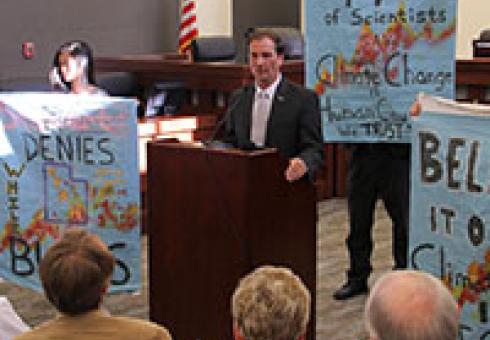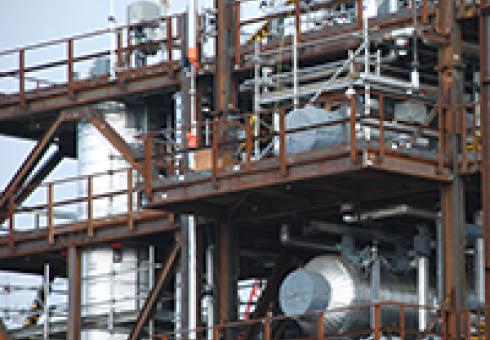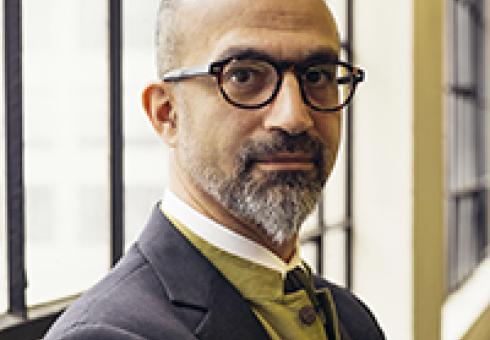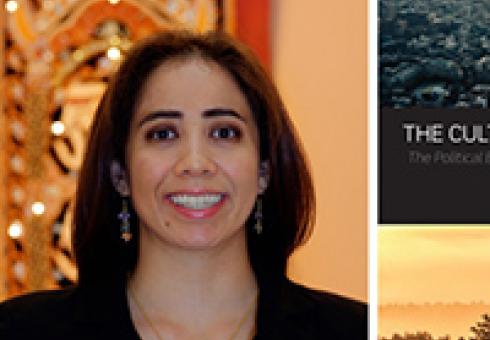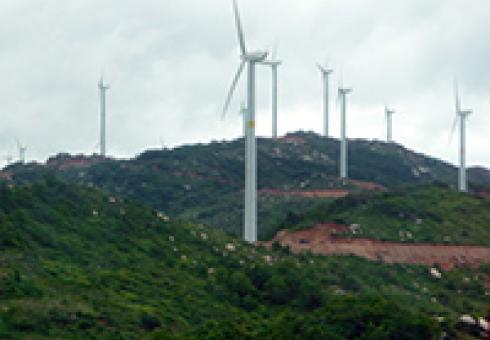CS3 In the News
Kerry Emanuel of MIT suggests a new warning system and policies that account for increases in flooding, among other reforms.
“Most damage is done by Category 3 or higher hurricanes, and recent modeling by Emanuel and others strongly suggests that higher-category storms in the North Atlantic and elsewhere will become more frequent as the climate warms further. Factor in sea-level rise generating greater storm surges, and the scenarios do not look good.”
Photo: Hurricane Jeanne, 2004 (Source: kakela)
In late 2014, China’s climate pledge was a bold and unprecedented step, but an emissions peak sooner than 2030 looks well within reach. Now, the question is whether or not—and how—China can achieve further progress on climate change while advancing its own development goals.
In radio clip, Ed Butler explores these issues with MIT Professor of Civil and Environmental Engineering Elfatih Eltahir, a climatologist in the MIT Center for Global Change Science; and journalist and author Francesca de Chatel.
Photo: Arabian desert (Source: Alim Mohammed)
A new study indicates that solving the problem of wind and solar’s intermittency has thus far required the use of more fossil fuels, including the installation of several “fast-ramping” natural gas plants. Center for Energy and Environment Policy Research (CEEPR) Director Christopher Knittel comments.
Photo: Big Bend Power Station and Manatee Viewing Center Parking Lot - Solar vs Coal & Natural Gas. Source: Walter)
Climate deniers often cite uncertainty in climate models and other scientific evidence. Researchers challenge this argument in a new essay published in Science, suggesting climate scientists should place more emphasis on the risks of inaction. Joint Program Co-Director John Reilly comments.
Previous studies have suggested that when CO2 is stored underground, it may degrade layers of rock above it and leak back into the atmosphere. However, a new study indicates that such concerns may be exaggerated. Joint Program associate and carbon capture expert Howard Herzog comments.
John Fernández ’85, MIT professor and recently-named director of the Environmental Solutions Initiative (ESI): “I have always been most excited by creating an environment where there are no boundaries between disciplines.
John Fernández ’85 is not interested in overleaping boundaries so much as erasing them. The MIT professor, who was recently named director of the Environmental Solutions Initiative (ESI), started out as a child who loved math and art, and saw no reason to keep them separate.
Climate change is a global problem — but its solution relies on national, regional, and local policy actions.
Faster electricity market reform is needed to harness more wind and speed up a shift from coal, two experts tell chinadialogue
China has roughly one third of global installed wind energy capacity, while the US has 17%. Yet China uses less wind-powered electricity than the US. What is going wrong?
MIT Institute for Data, Systems, and Society research from the Technology and Policy Program highlights multidisciplinary approaches to data-driven policies
Major challenges across all of the domains addressed by MIT's Institute for Data, Systems, and Society (IDSS) incorporate fundamentally intertwined elements of technology and policy. Researchers use available data to create models and inform key decisions, while IDSS brings together engineering, science, and social sciences to develop data-driven strategies and policies.
This spring, a five-day MIT Professional Education course — Agriculture, Innovation and the Environment — showcased innovative technologies and strategies to make the agriculture industry more productive, and attracted a score of professionals from all over the world.
As Super Typhoon Nepartak hits Taiwan and China, National Geographic asks tropical cyclone expert Kerry Emanuel how these tempests form, and what risk they pose to people.


